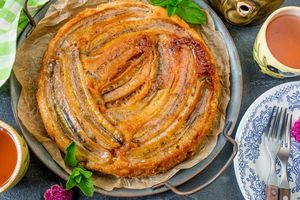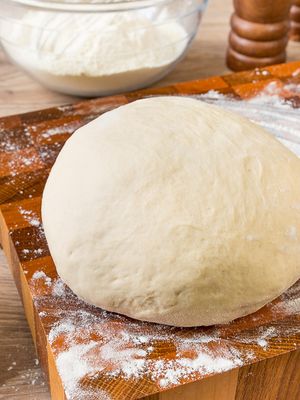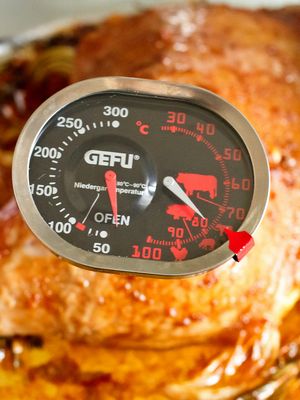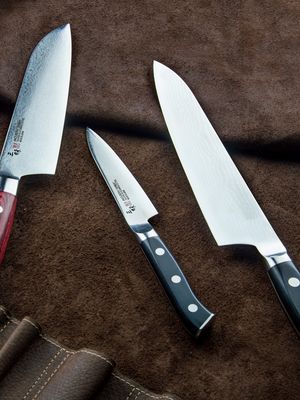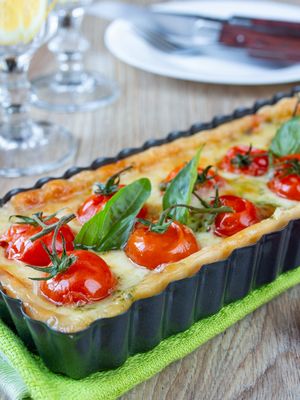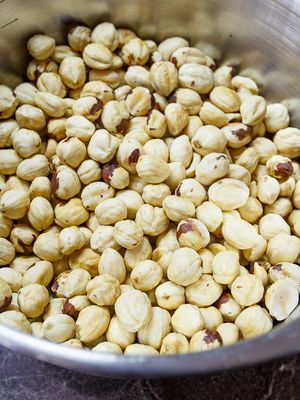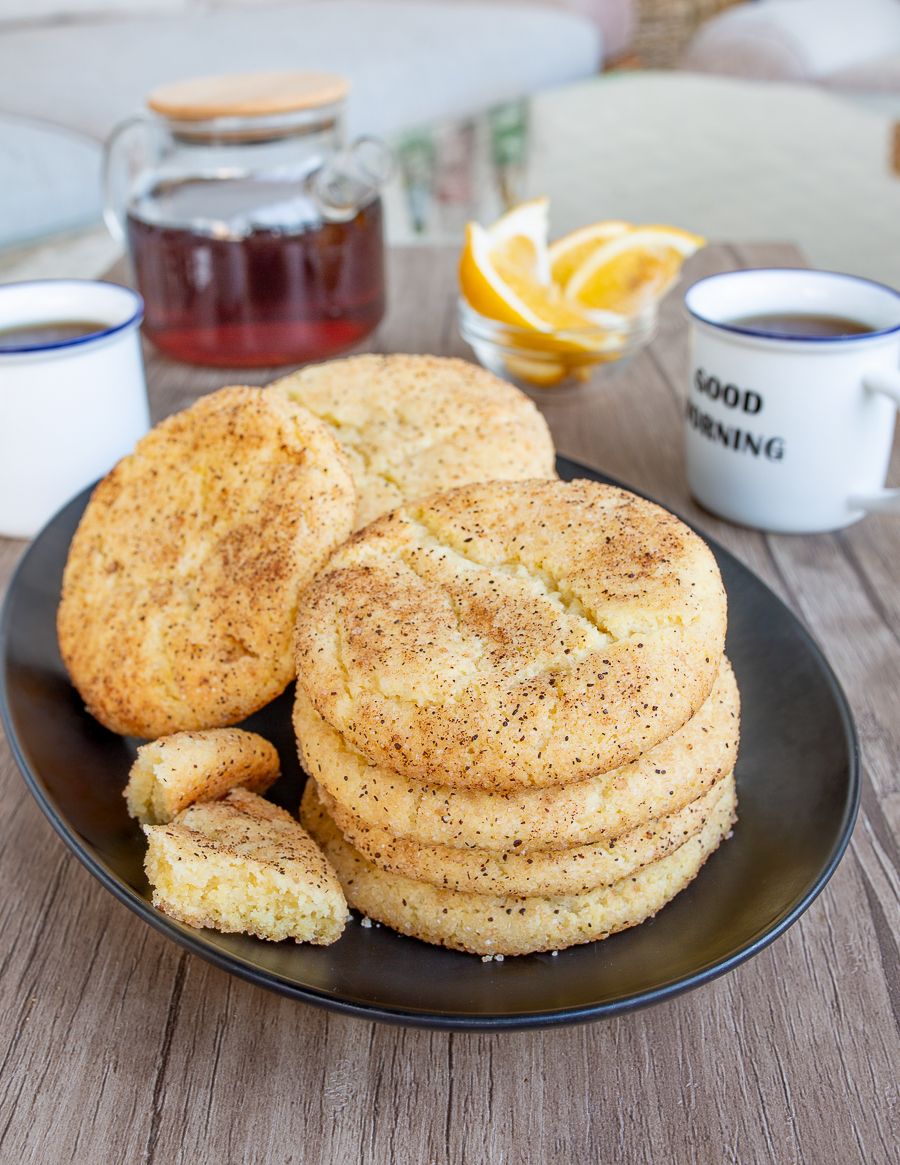 Cookies are one of the easiest types of baked goods to make. But even with them, home cooks (especially beginners) sometimes make mistakes. To protect you, dear reader, from baking fiascoes, I’ve put together a small set of rules to follow when making cookies.
Cookies are one of the easiest types of baked goods to make. But even with them, home cooks (especially beginners) sometimes make mistakes. To protect you, dear reader, from baking fiascoes, I’ve put together a small set of rules to follow when making cookies.
1. Control the consistency.
When kneading cookie dough, the same weight of flour can produce different consistency results. This is because flour absorbs more or less liquid depending on its moisture content. Adding water gradually will prevent the dough from becoming too stiff. Conversely, if the flour is wet and the dough is too soft, it is worth adding more flour than called for in the recipe.
2. Don’t neglect cooling the dough.
Almost all cookie dough should be cooled well before baking (or frozen if the recipe calls for it). This dough is easier to work with. Also, when we put a tray of cold cookies in the oven, they hold their shape much better and spread less.
3. Use parchment paper to roll out the dough.
It is best to roll the dough between two sheets of parchment paper. This way it won’t stick to the rolling pin or table, and you can remove the cookies from the surface without deforming them. Also, parchment paper eliminates the need to add extra flour, which can make the dough too stiff and the finished cookies tougher.
 4. Roll out the dough in stages.
4. Roll out the dough in stages.
If you are making cookies that will be rolled out and then cut with cookie cutters, divide the dough into pieces and roll them out one at a time, leaving the unrolled pieces in the refrigerator.
5. Freeze the dough properly for ice box cookies.
If the cookies are to be cut from a single cylindrical piece of dough, refrigerate or better yet, freeze that piece well so that the dough will cut more easily and evenly and the cookies will have the same shape.
6. Bake on perfectly flat baking sheets.
If the baking sheets are deformed (curved, battered, etc.), the cookies may not adhere to the surface evenly and bake unevenly. The shape of the cookies may also suffer.
7. Be sure to line the baking sheets.
To make it easier to remove the cookies from the trays, line the trays with parchment paper or a silicone baking mat. If it is not possible to line the baking sheet, grease it with butter or dust it with flour. However, these methods should be used as a last resort, as flour can create bumps and the cookies may not adhere well to the baking sheet and bake unevenly, and fat can cause the bottoms of the cookies to burn.
Cookies with a high butter content may burn on the bottom even if the oven temperature is correct. In such cases, you can use two layers of parchment paper instead of one. The air pocket between the layers will allow for gentler heating.
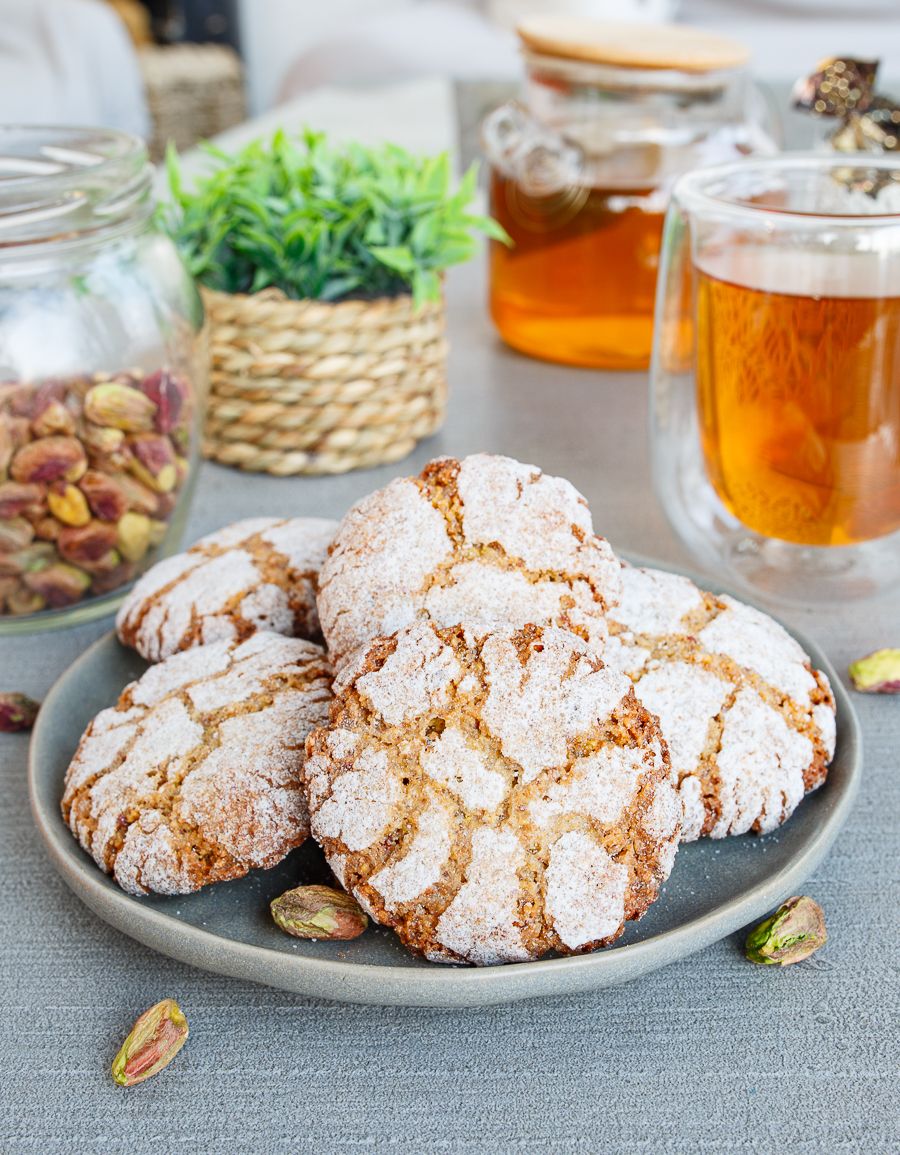 8. Keep a distance.
8. Keep a distance.
When placing the cookies on the baking sheet, take into account the consistency of the dough, as well as the baking powder and/or baking soda or whipped egg whites, which will cause the cookies to increase in volume considerably. The softer the dough, the more space you need to allow the cookies to expand during baking. Do not place the cookies too close together.
9. Immediately remove the cookies from the baking sheet.
On a hot sheet pan, the cookies will continue to cook even when removed from the oven. To avoid overcooking, remove the cookies immediately and place them on a rack to cool. The exception is cookies that are too soft when hot due to their recipe and cannot be removed from the tray without damaging them. In such cases, remove them from the oven a few minutes before they are ready – they will “finish” a bit on the hot tray.
10. Store leftover dough in the freezer.
Unbaked leftovers that do not contain baking soda or baking powder can be stored in the freezer for up to 2 months. Then remove from the freezer, thaw in the refrigerator, and bake.

